Why Napa Valley is Famous for Wine
Napa Valley conjures up dreams of luxury, elegance, and the most fabulous wine in the United States. What makes this place so special for wine?
Perfect conditions!
Napa Valley embodies the perfect conditions for premium wine grape-growing, more so than any other wine region in the world.
The region’s climate, weather, sunshine, rainfall, geography, geology, and soils together epitomize the perfect environment for fine wine. Add in the know-how and determination of the people in the industry here, and it’s no wonder Napa Valley rivals the world for the finest wine.
An economic powerhouse, Napa's wine industry generates $50 billion annually for the U.S. economy. Napa alone represents more than 5.5% of the country’s entire wine industry, providing good-paying jobs and a strong tax base to the local economy.

https://sites.google.com/site/napavalleywinesregions/
Napa Valley American Viticultural Areas (AVAs)
Napa Valley was the first American Viticultural Area to be designated in California in 1981, and only the second in the country, eight months behind the Augusta AVA in Missouri.
With 16 distinct AVAs, home to 550 wineries, the region offers a rich diversity of wine styles, making it perfect for wine lovers. The list below shows the 16 with the inception date.
|
Area |
Date |
|
1983-08-18 |
|
|
1983-12-30 |
|
|
1988-11-30 |
|
|
1989-01-27 |
|
|
1990-02-20 |
|
|
1992-01-22 |
|
|
1993-05-13 |
|
|
1993-07-02 |
|
|
1993-07-02 |
|
|
1995-09-11 |
|
|
1999-02-17 |
|
|
1999-03-19 |
|
|
2001-06-01 |
|
|
2004-02-25 |
|
|
2009-12-08 |
|
|
2011-12-14 |
Unique among the above, the boundaries of Los Carneros encompass both Napa and Sonoma valleys.
To understand Napa Valley, you must understand the distinctions.

The Climate of Napa Valley
The ideal climate for growing wine grapes, called the Mediterranean climate, is found in only 2% of the world. Resembling the conditions in parts of Italy, this climate in Napa Valley nurtures grapevines during the long growing season. Mount Veeder claims the longest growing season.
Daytime temperatures are warm, while nighttime temperatures drop considerably. Grapes ripen during the day, accruing sugar and developing complex flavor characteristics. Then as temperatures drop in the evening, the grapes cool down, which allows them to maintain acidity and balance.
Dry conditions keep humidity, pests, and disease to a minimum. With little to no rainfall during the summer months, grapes ripen and are harvested without threat. Rainfall during the winter months replenishes the soils.
These perfect conditions deliver consistent ripening year over year, with less vintage variation than other wine regions.
From the Oakville AVA and those north, temperatures tend to be warm to hot, with summer daytime temperatures ranging from 90 to 100 degrees. South of the Oakville AVA, including Mount Veeder and Atlas Peak, a cooler climate prevails, with temperatures in the 80s, due to the influence of the San Pablo Bay.
In the eastern Chiles Valley AVA, summer temperatures average in the 80s but winters are colder. In the north, outlier Spring Mountain’s vineyards above the fog line stay cooler than the surrounding AVAs.
In general, lower temperatures lead to higher acid wines, while higher temperatures result in lush, concentrated wines.

Rainfall Variations in Napa Valley
From north to south, rainfall averages tend to drop.
The highest average rainfalls exist in the north and northwest AVAs of the valley. Calistoga has the highest rainfall, up to 60 inches annually, followed by Diamond Mountain, Howell Mountain, and Spring Mountain, ranging from 40 to 55 inches.
In the southern part of the valley, Los Carneros receives the least rainfall, only up to 24 inches, along with Coombsville and Stags Leap. The other AVAs receive between 30 and 40 inches per year.
Rainfall levels determine whether a vineyard must be irrigated.
The Geology of Napa Valley
Little Napa Valley, only 30 miles long, is one of the world’s smallest wine regions though it has an outsized reputation. Bordeaux, France, equally famous, is six times larger.
This small area contains mountains, valleys, and long narrow inclines surrounded by slopes called benchlands.
Napa’s young landscape features:
- volcanoes and seismic activity, which pushed up the ancient ocean floor
- different soil types exposed by erosion
- rocky hillsides in the north and deeper, richer soils in the south near the bay
- alluvial soils on the valley floor due to ongoing erosion
One of Napa’s distinctive geological features comes from volcanic activity. Lying on the San Andreas fault zone, the upheavals of earthquakes and erosion uncovered the many distinct soil types. Diamond Mountain got its name from its shiny volcanic rocks.

Elevations in Napa Valley
Vineyard elevation ranges from sea level in the south to around 2,600 feet in the north.
Many of the AVA names recognize mountain elevations: Atlas Peak, Howell Mountain, Mount Veeder, Diamond Mountain, Spring Mountain. These AVAs have the highest elevations, but a few also have vineyards as low as 400 feet.
The south and central valley AVAs have vineyards at sea level up to about 1,200 feet. Though in the south, the vineyards of Wild Horse extend up to 2,100 feet.
Soils Found in Napa Valley
The north and southeast AVAs contain primarily volcanic soils, while sedimentary soils comprise the central areas. Alluvial soils make up the western AVAs south of Spring Mountain.
Atlas Peak and Wild Horse need irrigation due to volcanic soils which don’t hold water. Oakville, Rutherford, and St Helena maintain good water retention due to sedimentary gravel and some alluvial deposits.
Calistoga soils are more uniform than the others. Los Carneros consists of clay, while the Oak Knoll District has a sizable alluvial fan.

Grape Varieties Grown in Napa Valley
Most people equate Napa Valley with Cabernet Sauvignon and high-value Cab Sav contributes almost 40% of the production and 60% value.
Though every AVA grows and produces Cab Sav, Los Carneros and Wild Horse are more famous for Pinot Noir and Chardonnay due to soils high in calcium.
With over 100 different soil types, many other premium wine grapes thrive in Napa Valley. The top grape varieties are:
- Cabernet Sauvignon
- Chardonnay
- Merlot
- Sauvignon Blanc
- Pinot Noir
Other vineyards feature Syrah, Petit Sirah, Cabernet Franc, Petit Verdot, Viognier, Sémillon, and Riesling (Oak Knoll.) Oak Knoll grows more varieties than any other AVA.
Napa Valley Facts
- St Helena has the most vineyards and wineries, including the oldest winery, Charles Krug, founded in 1861.
- Some of the most famous wineries, such as Opus One, Robert Mondavi, and Far Niente, call Oakville home.
- Rutherford’s fame comes from soils that transmit a dusty cocoa like flavor to the wines called “Rutherford Dust.”
- Stags Leap won the 1973 Judgment of Paris wine tasting in which Napa beat Bordeaux for the first time.
- Spring Mountain holds the remotest vineyard planted in 1874, which avoided Prohibition.
- The Chiles Valley AVA boasts some the oldest zinfandel and Muscadel vines and a few historic wineries.
- Wild Horse, with few wineries, primarily grows grapes for producers in other areas.
Whether producing Cabernet Sauvignon, Chardonnay, or Pinot Noir, each AVA produces exceptional wines expressing each distinctive terroir.

Napa Valley and Big Hammer Wines
Big Hammer Wines is your expert guide to everything Napa Valley. With more than 20 years of deep experience in the region, Big Hammer Wines knows Napa Valley.
Big Hammer Wines
The wine experts at Big Hammer Wines taste thousands of wines every year from around the globe, looking for quality and value. This special offer reflects the passion we have for our clients.
Discover the world through its wines, Click Here! Visit Bighammerwines.com and become a wine expert!
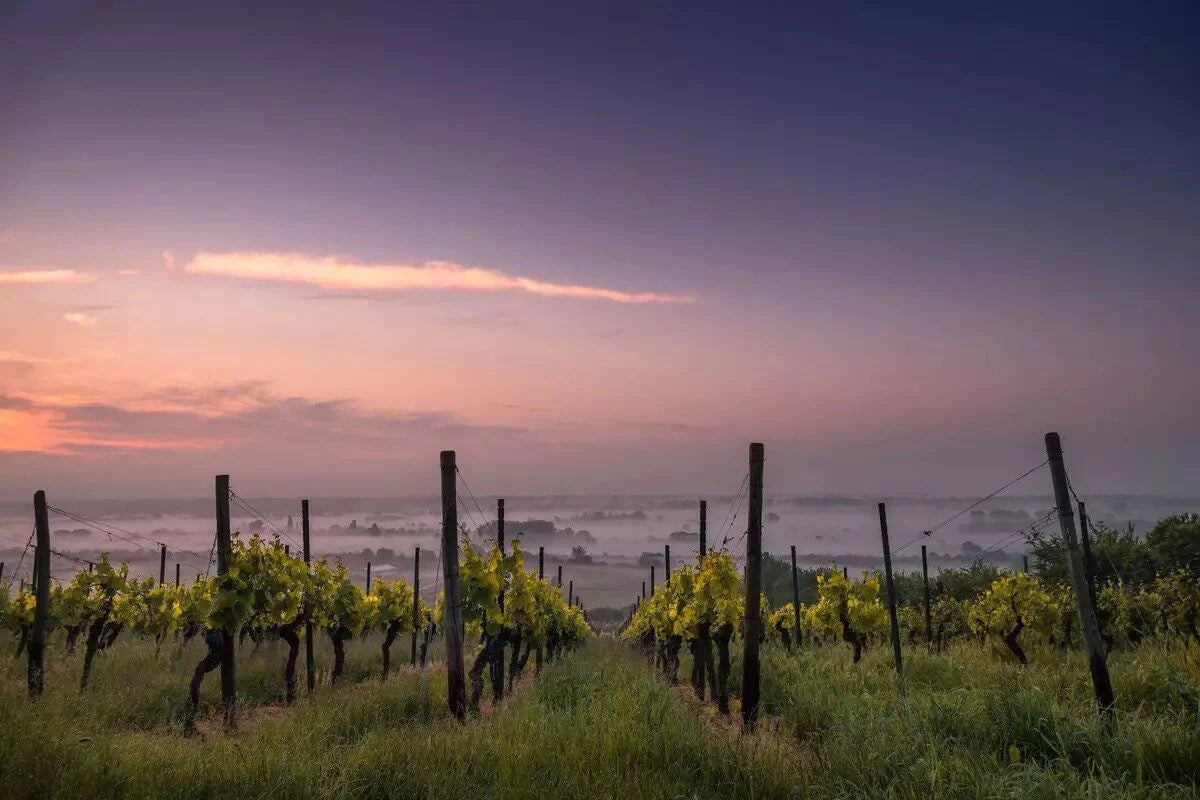
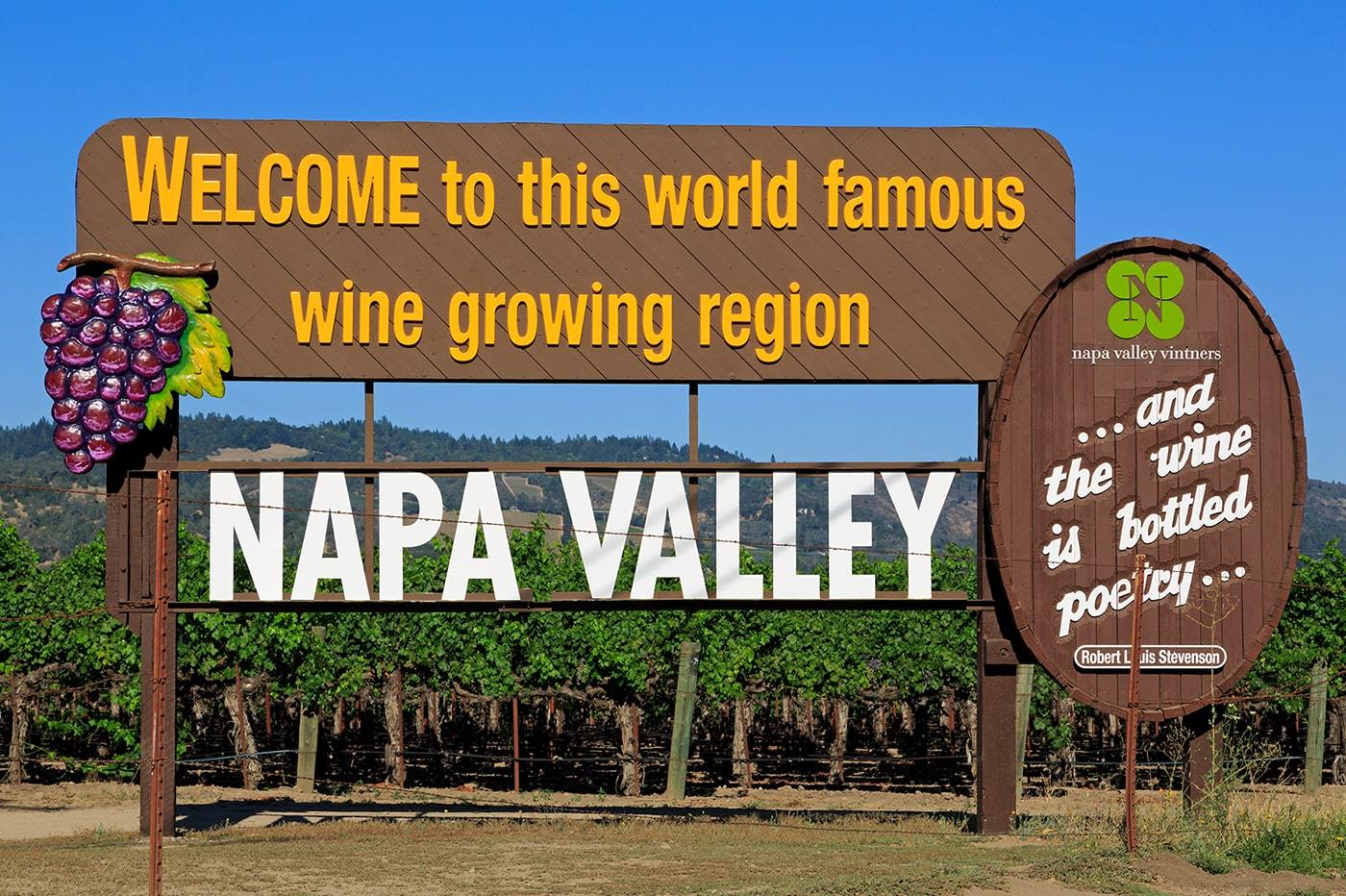







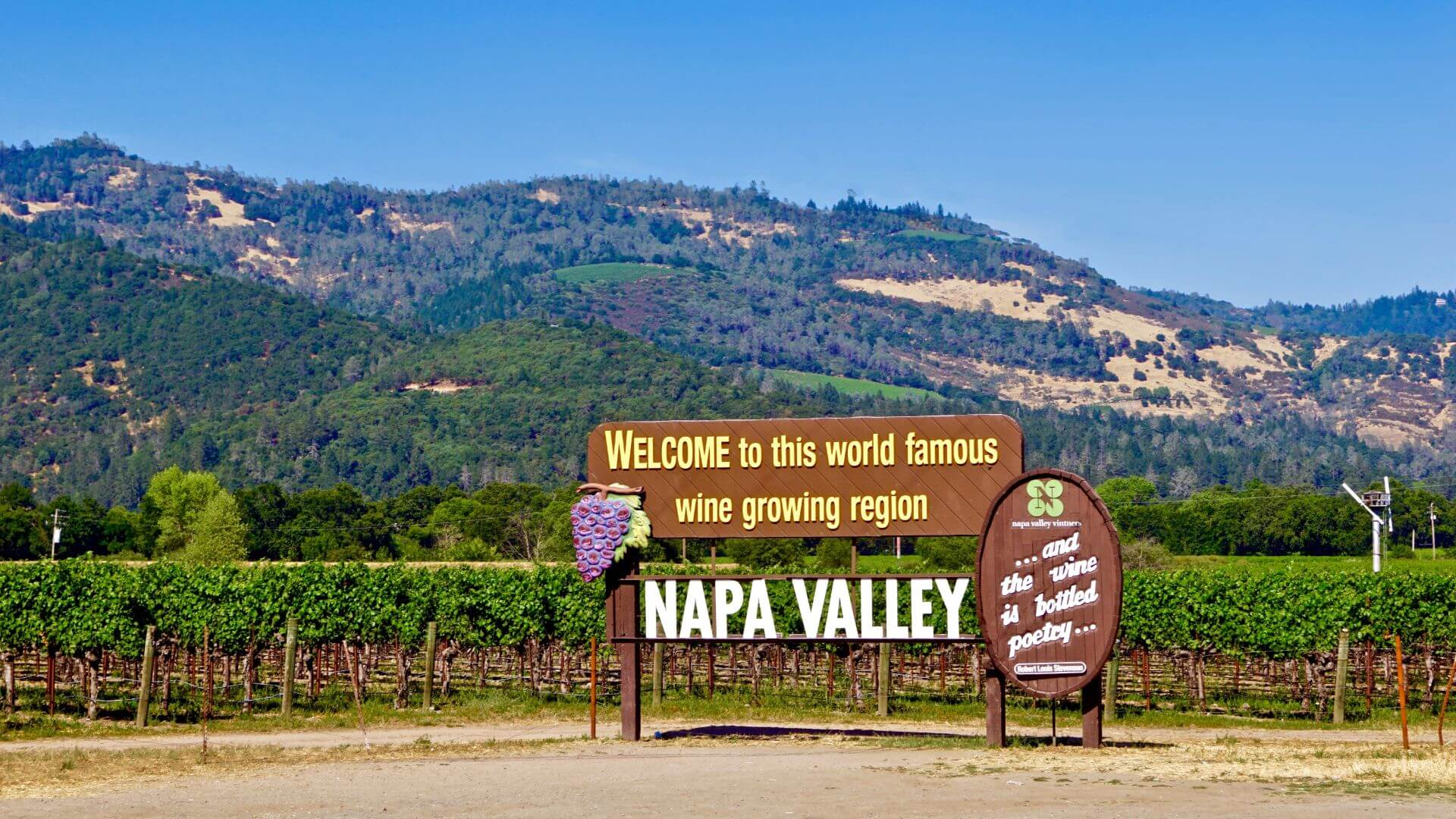
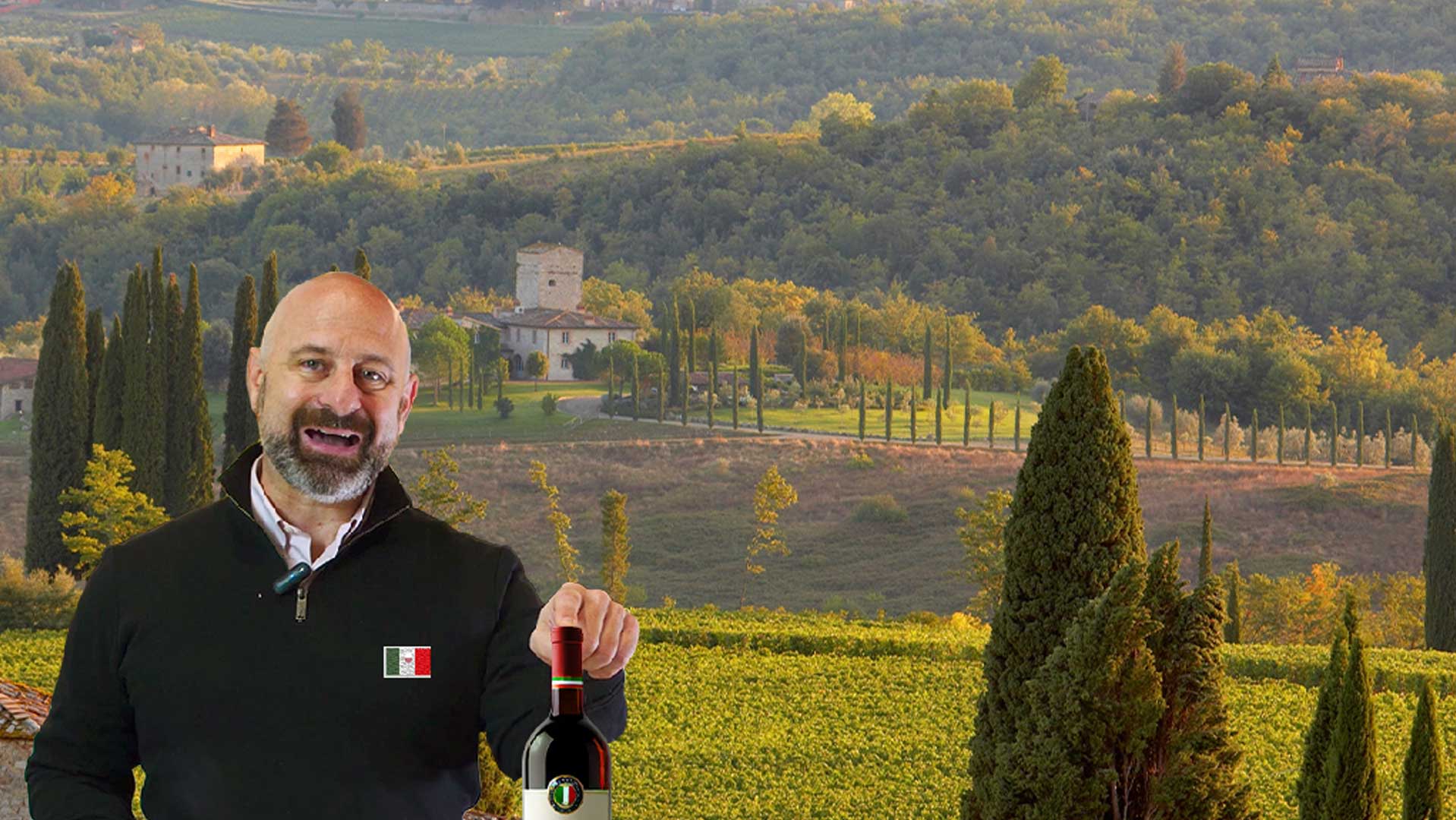
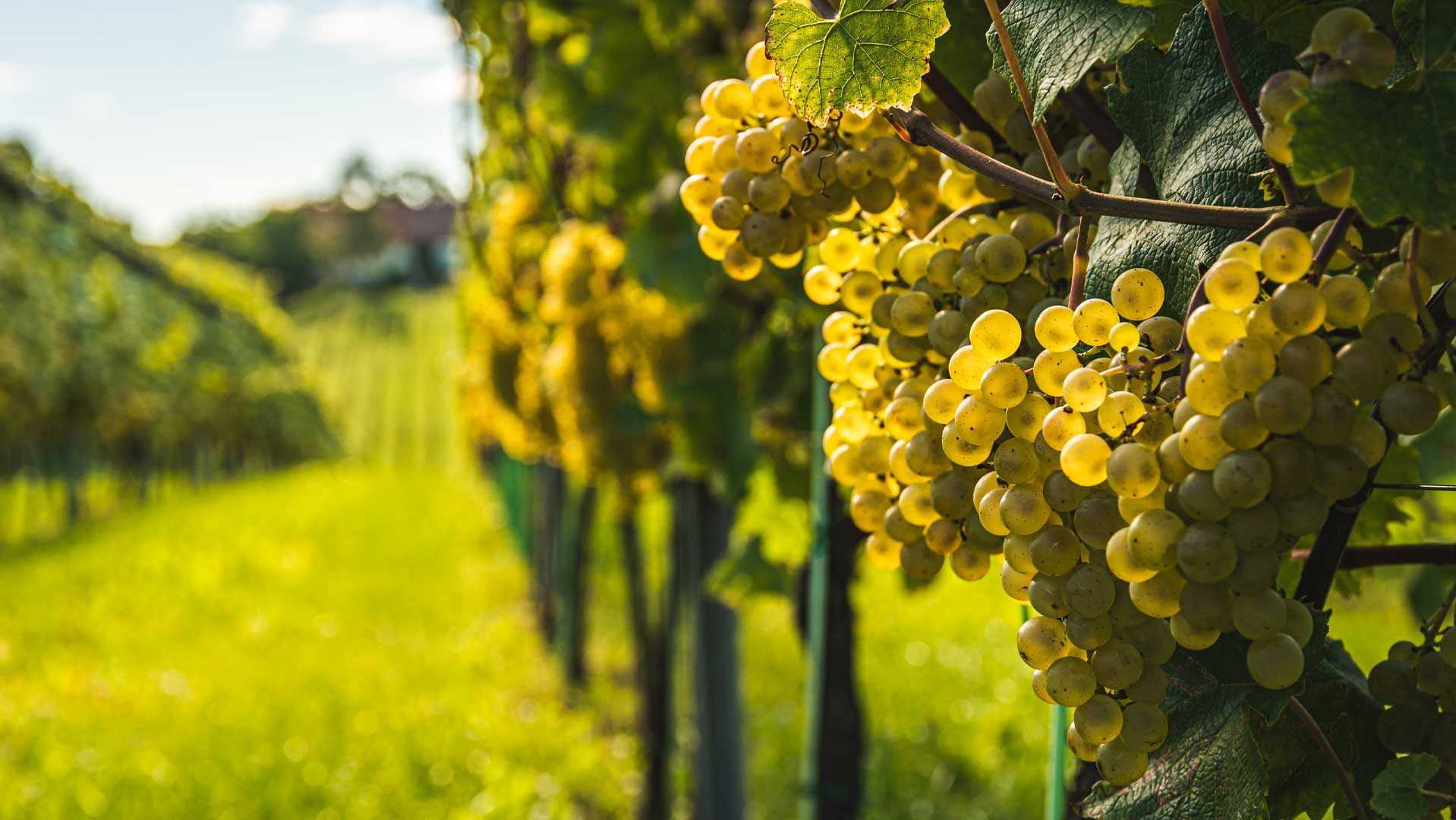







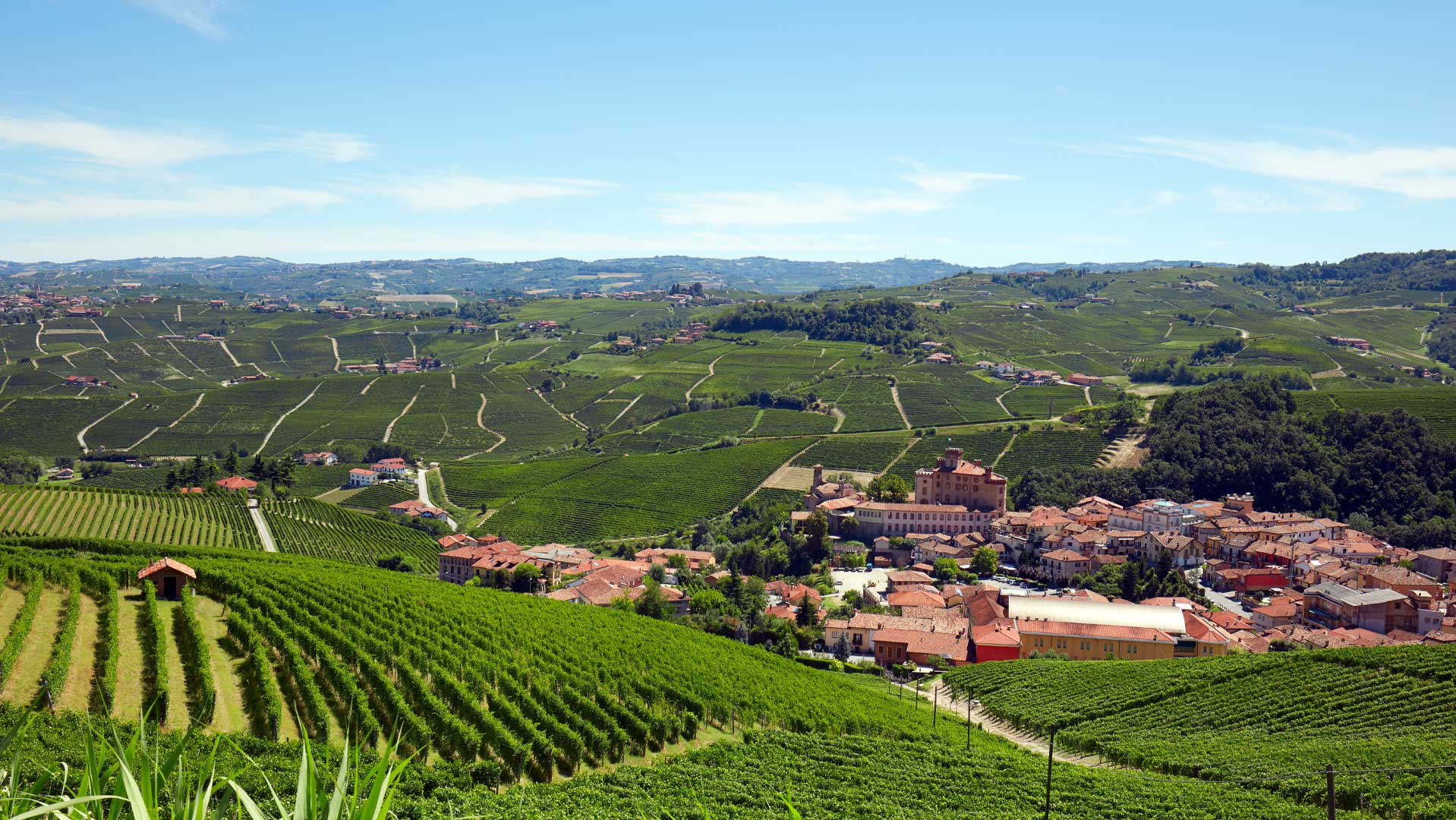
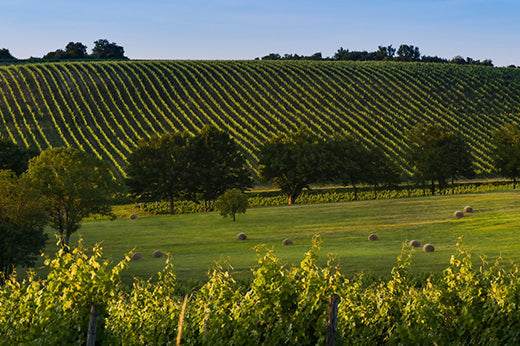






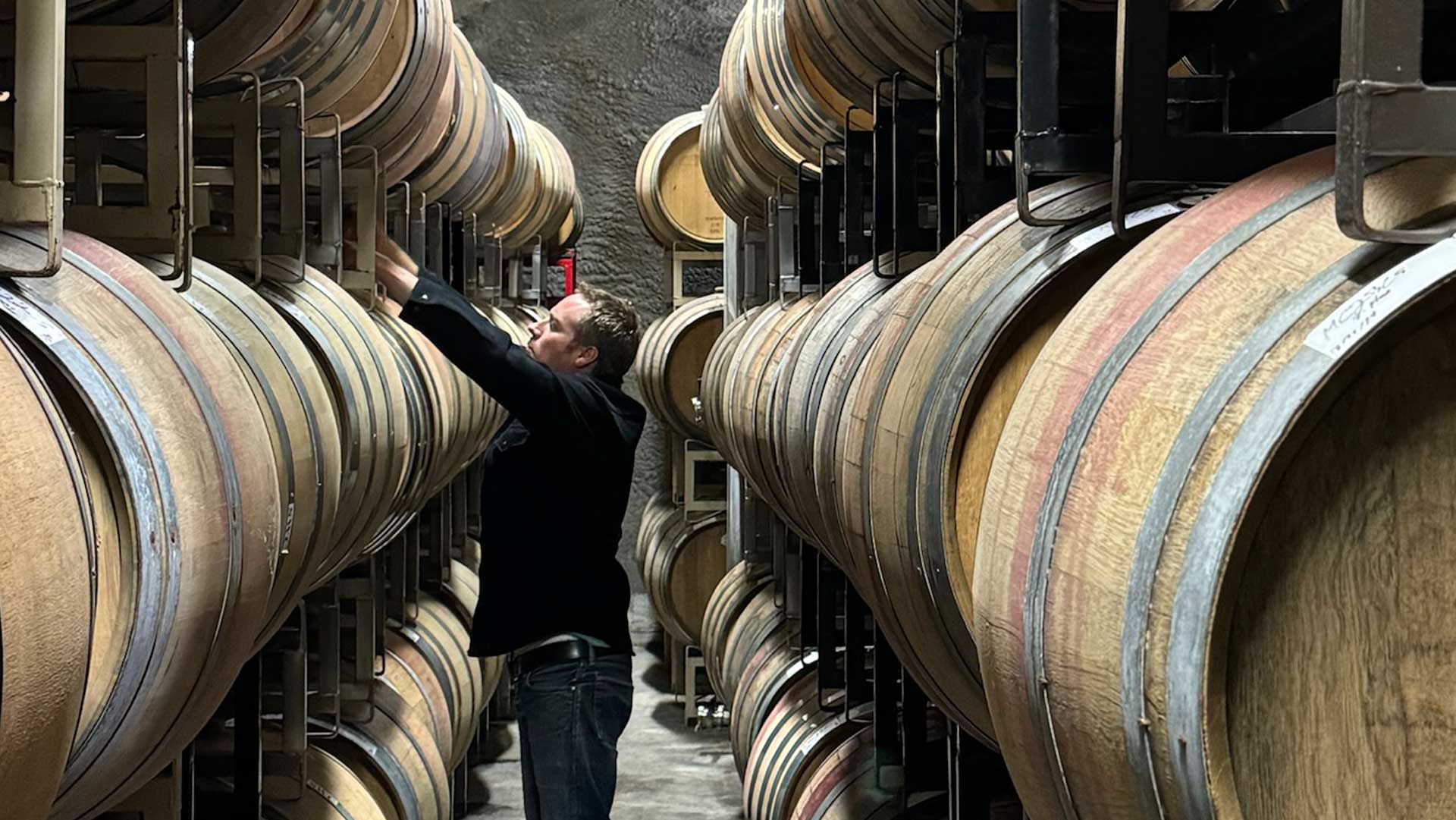

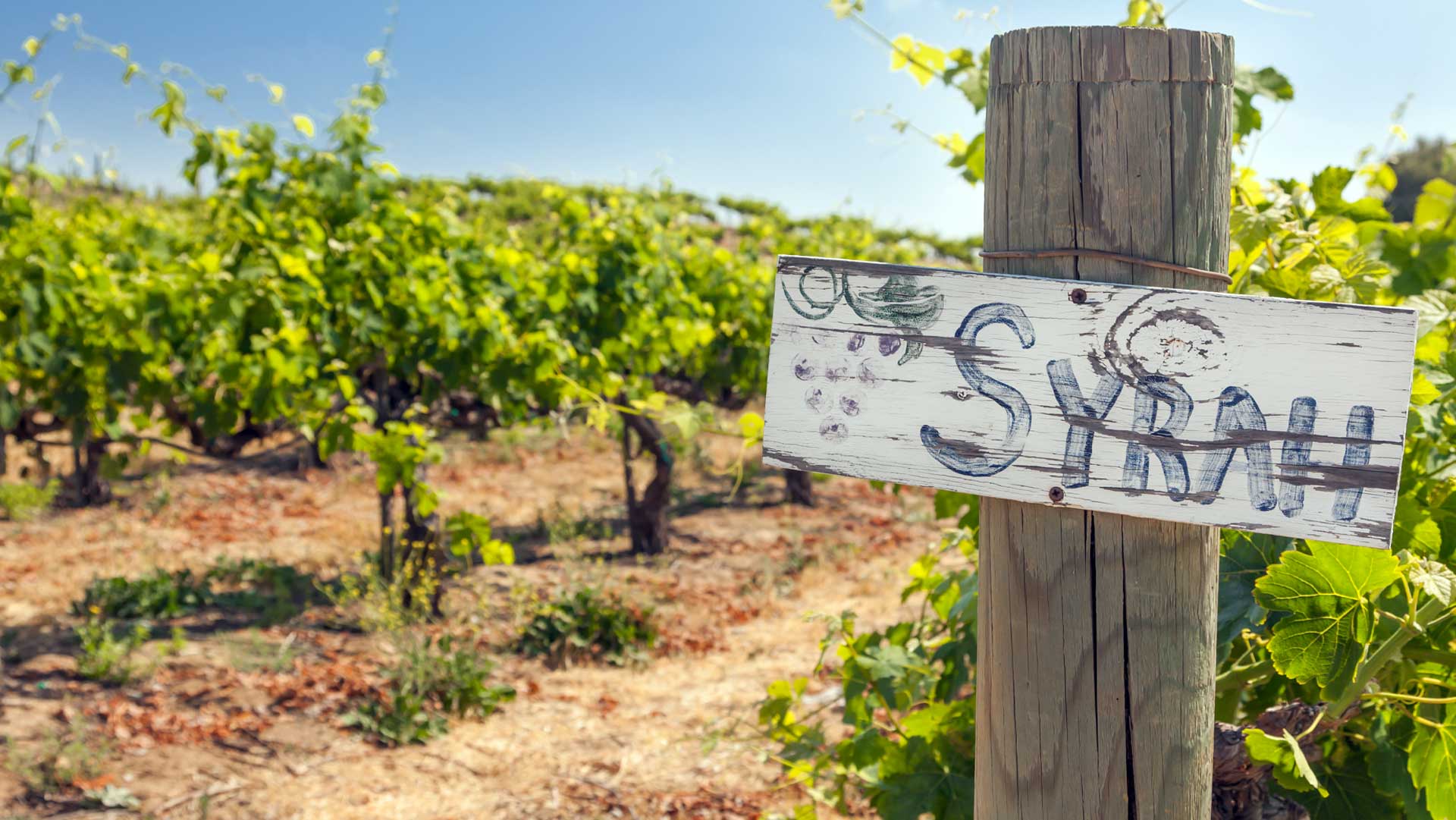


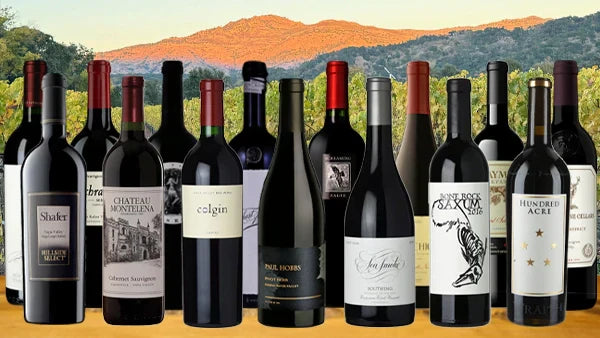





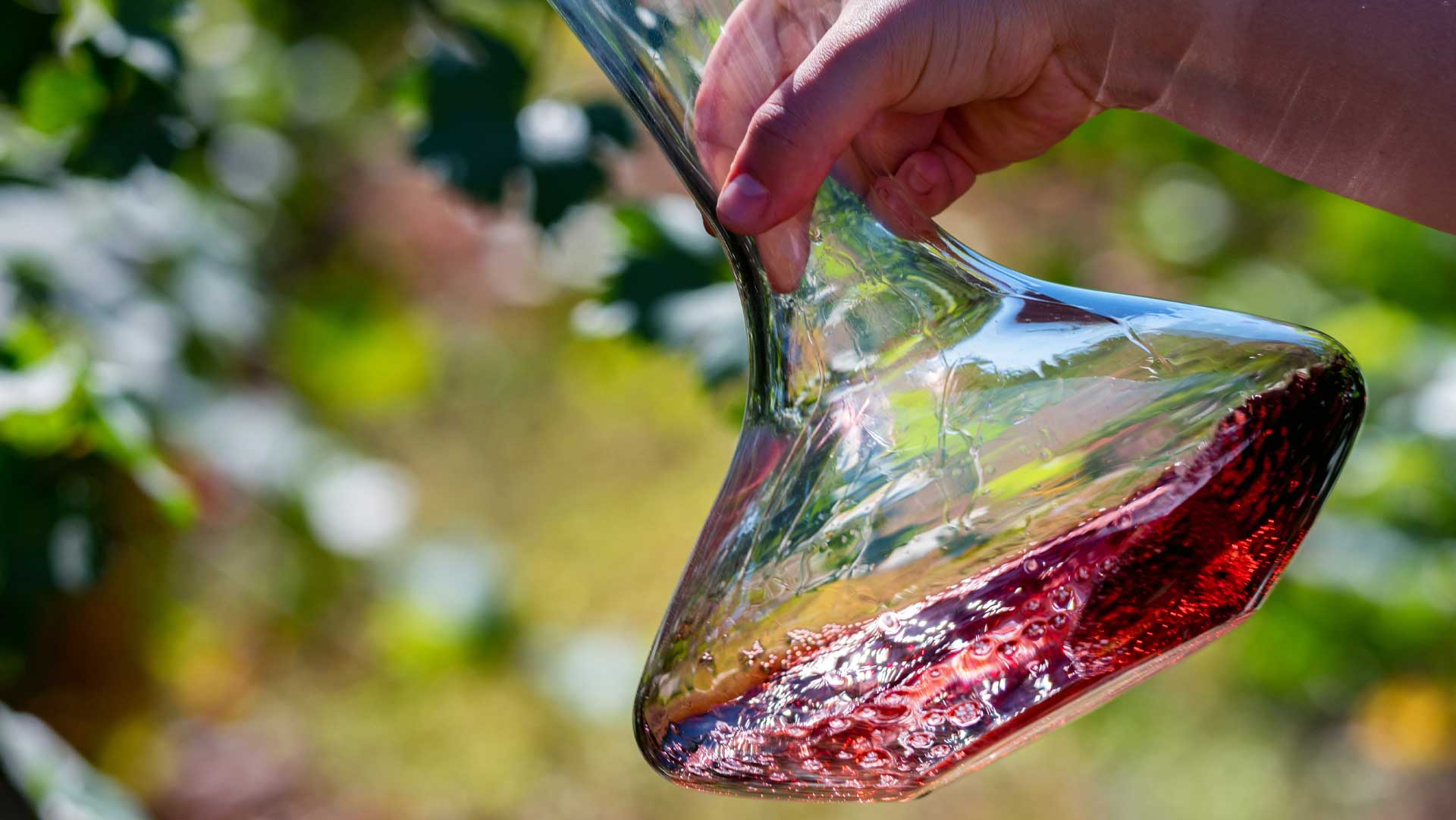

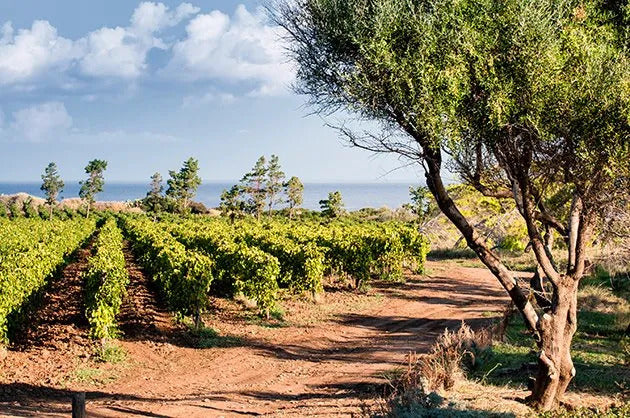

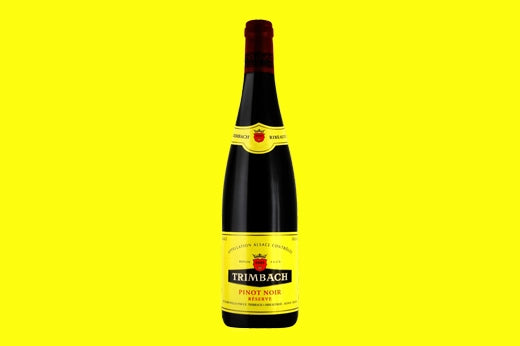


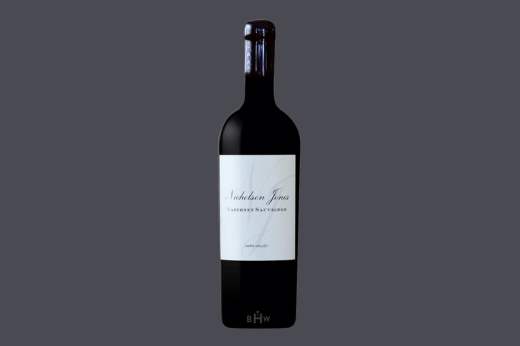






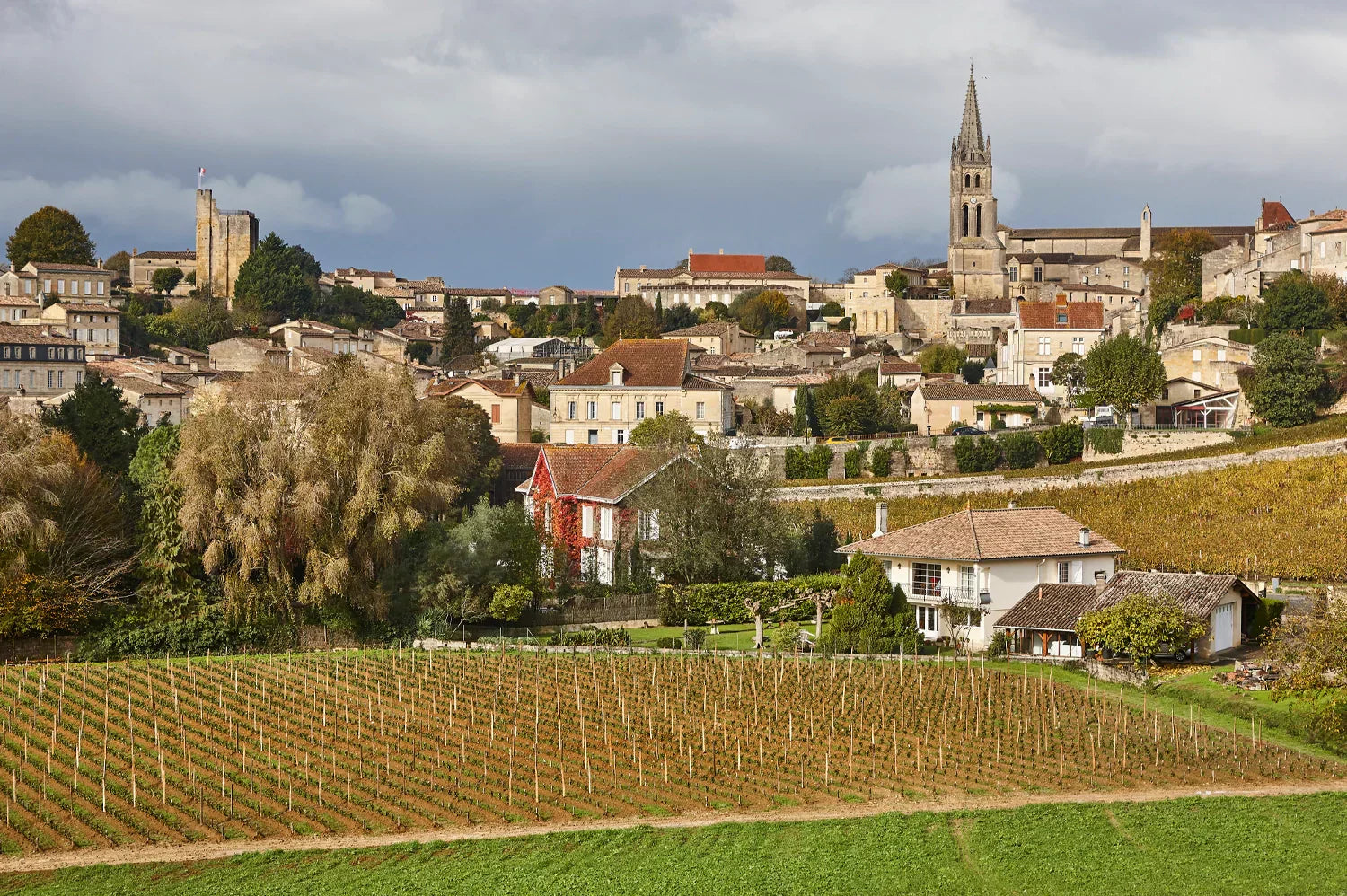
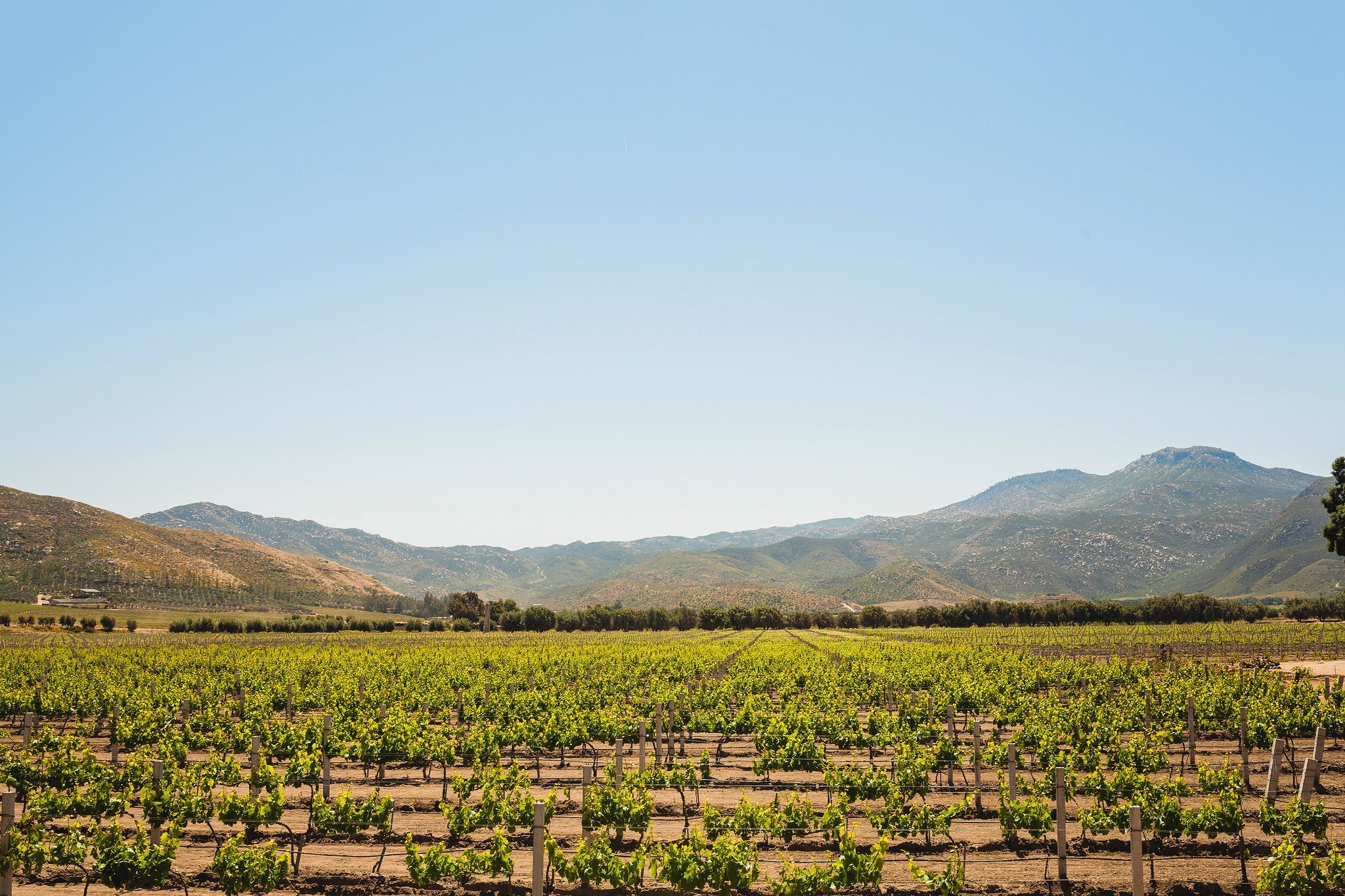
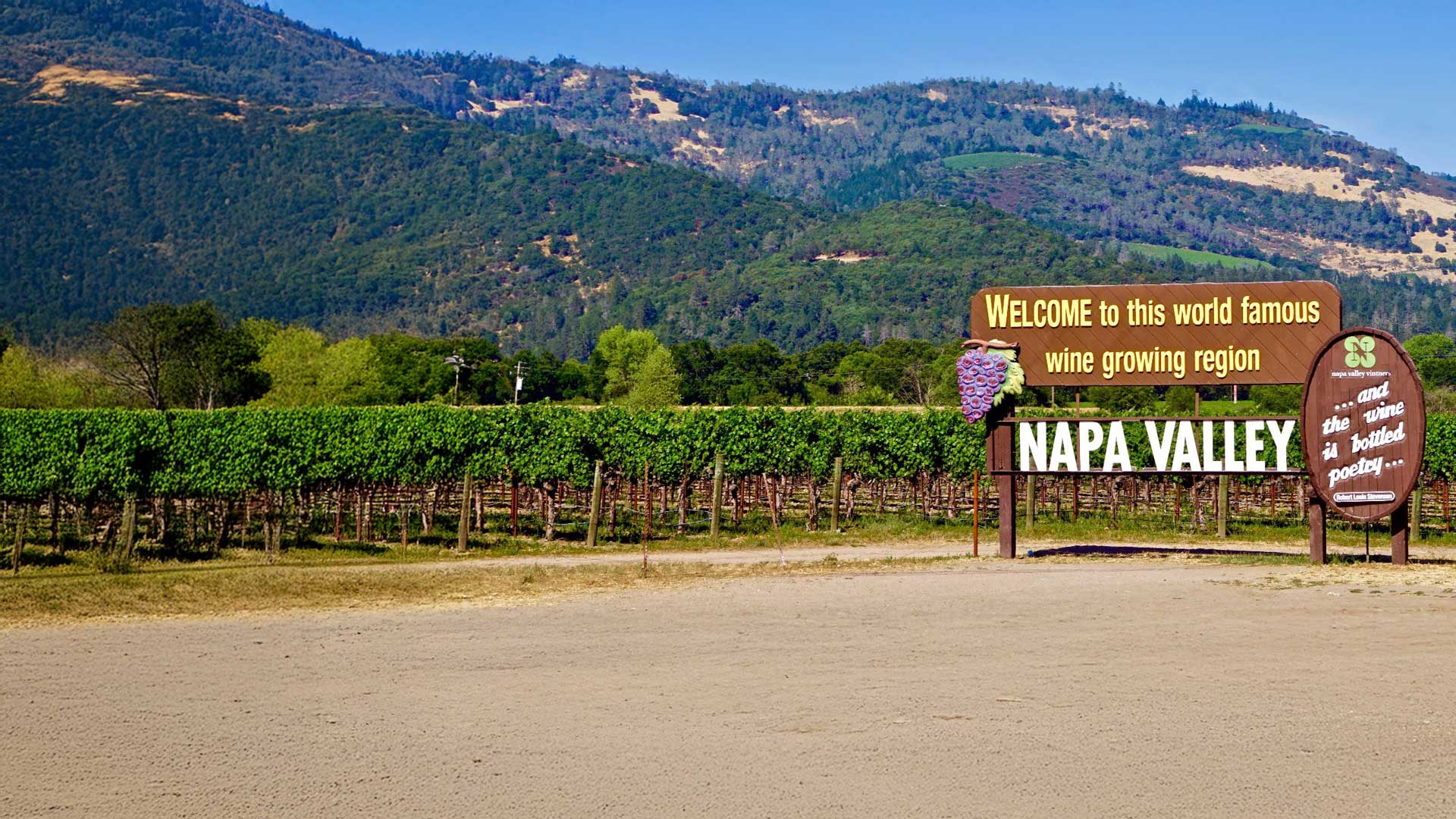


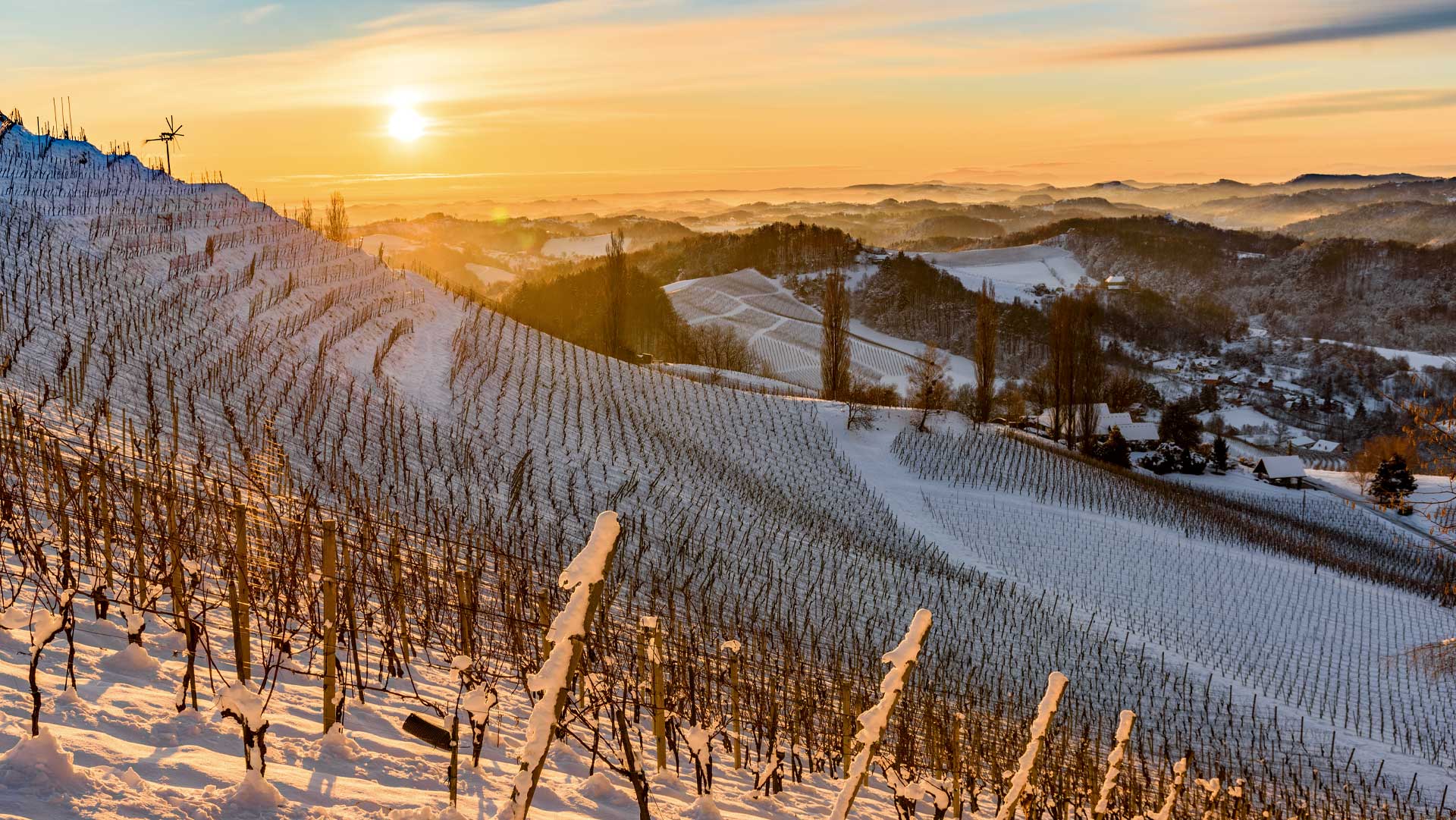




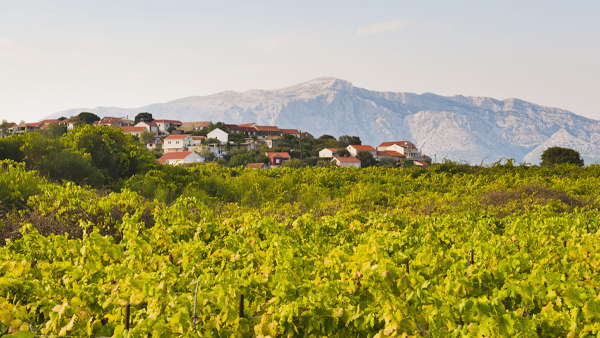

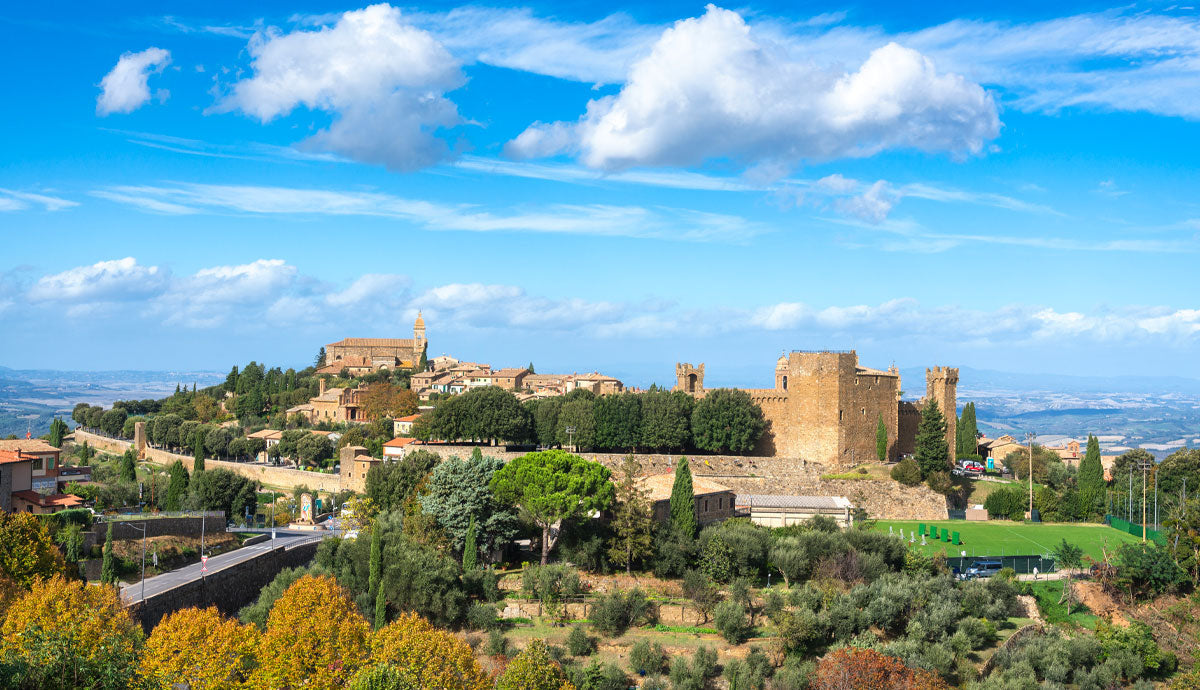
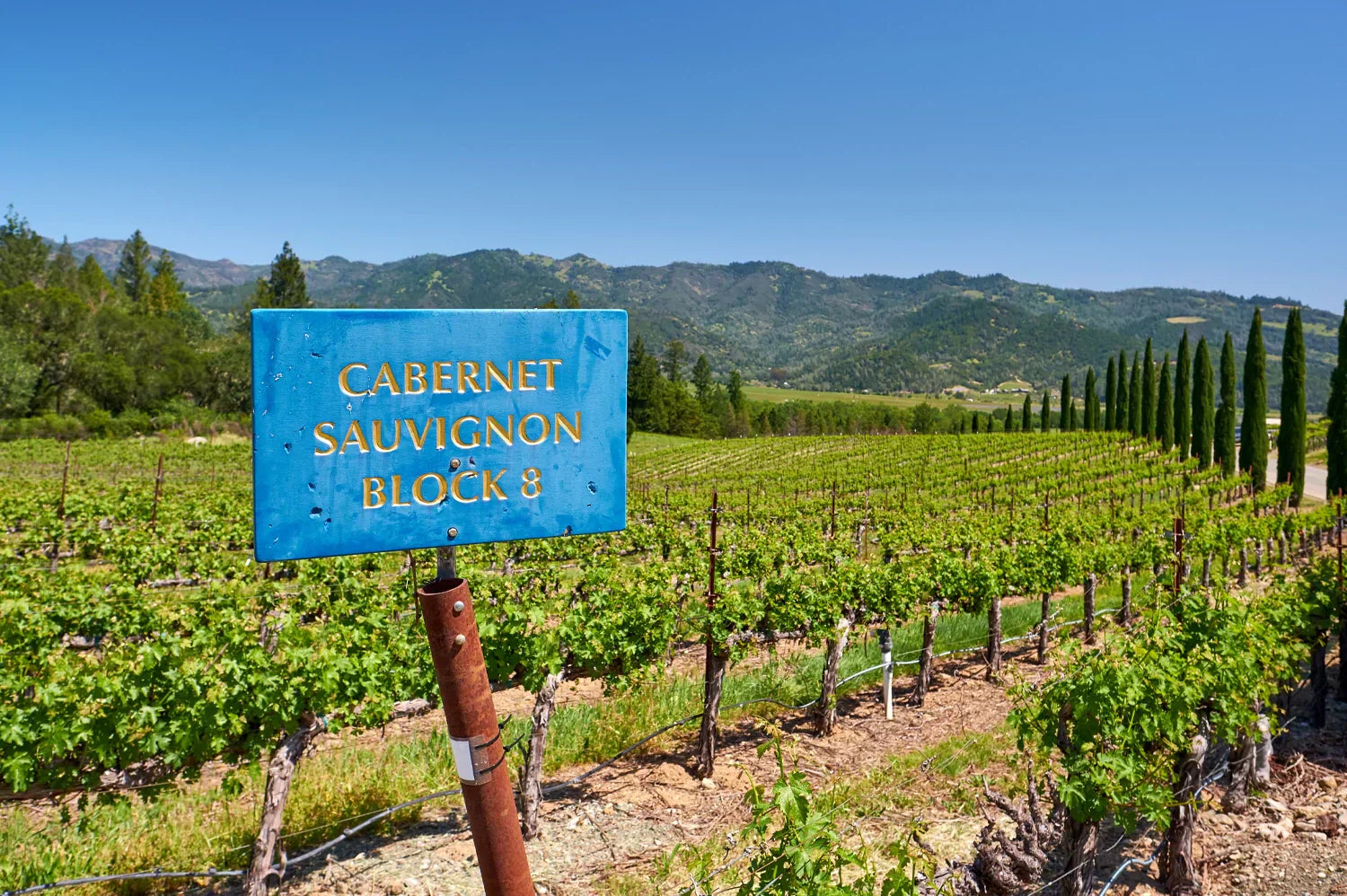
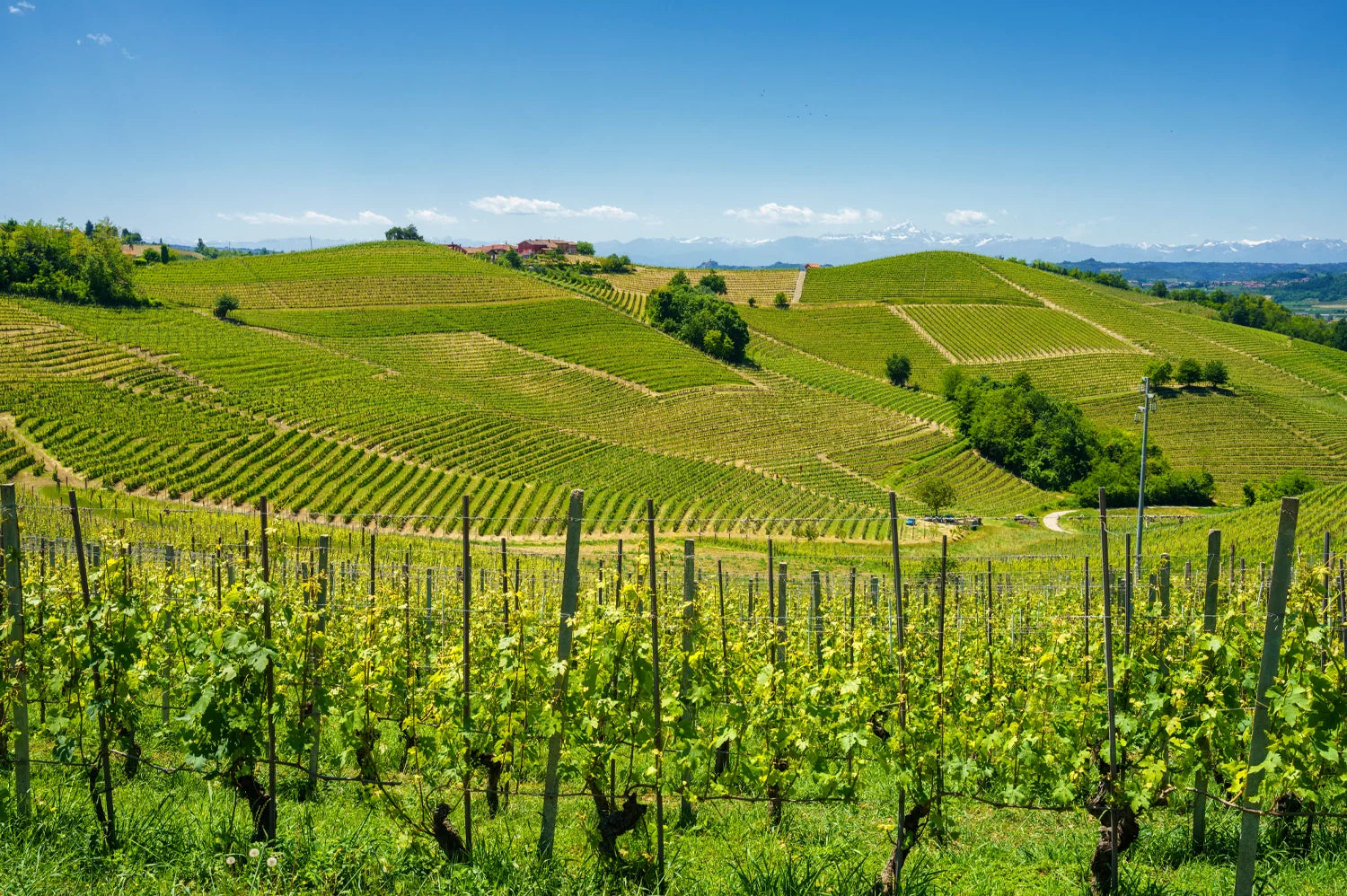

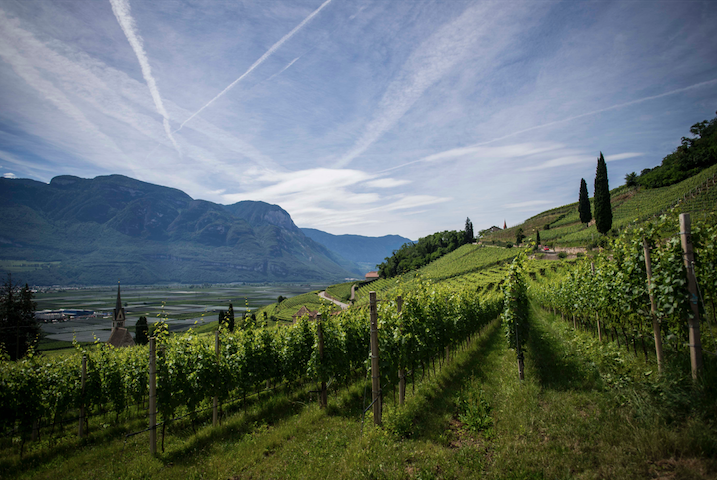
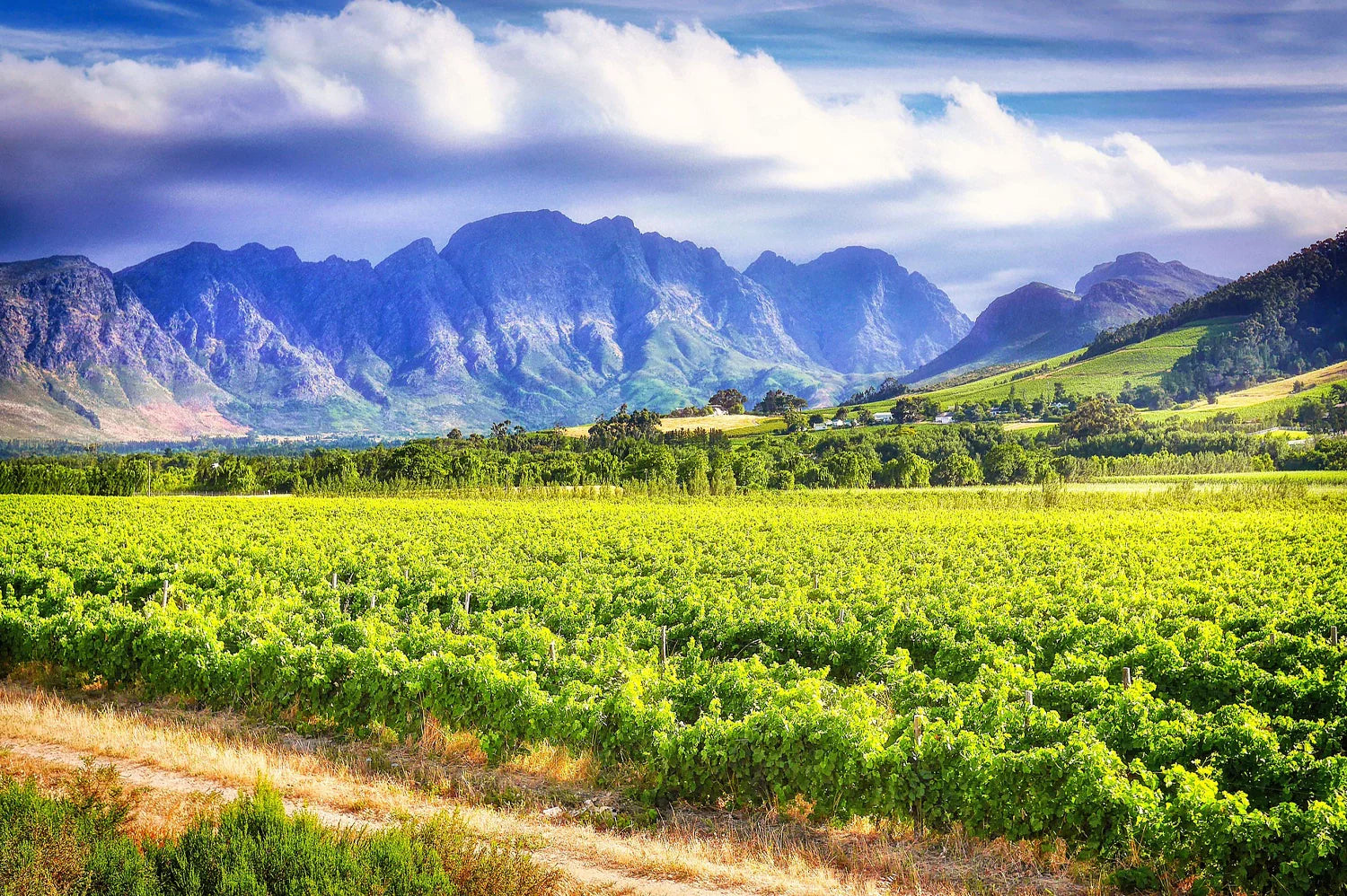
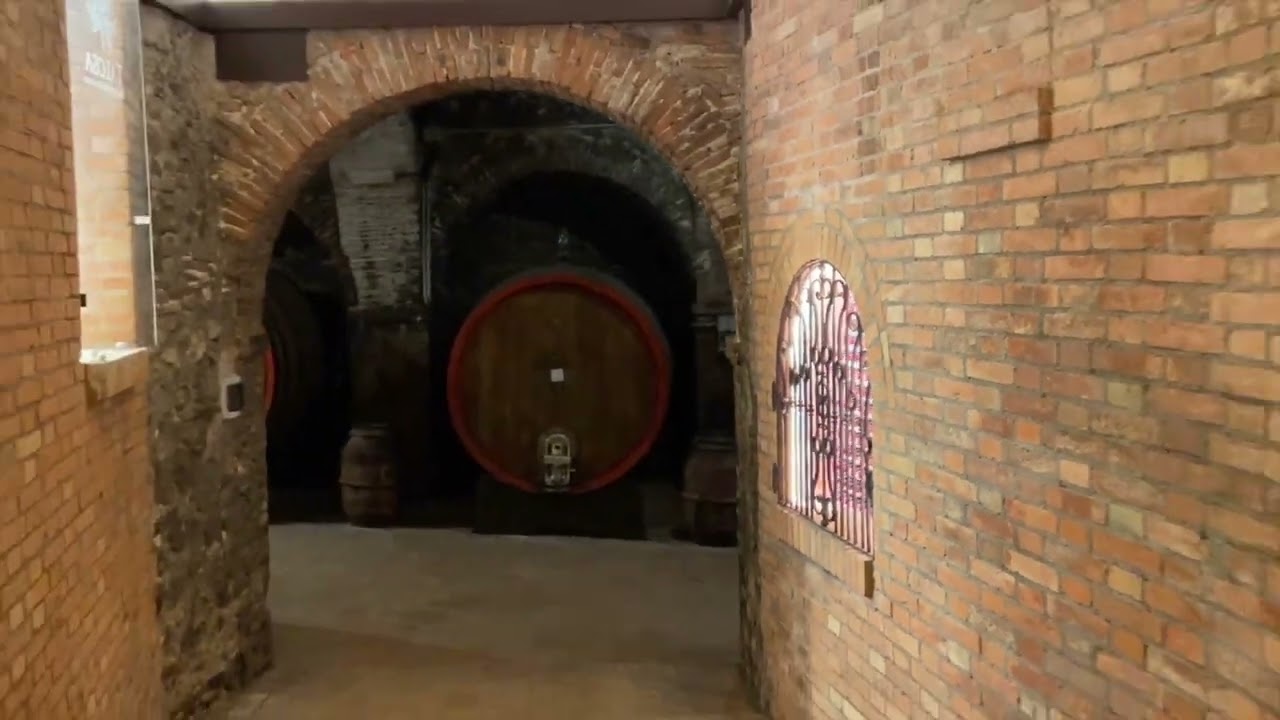
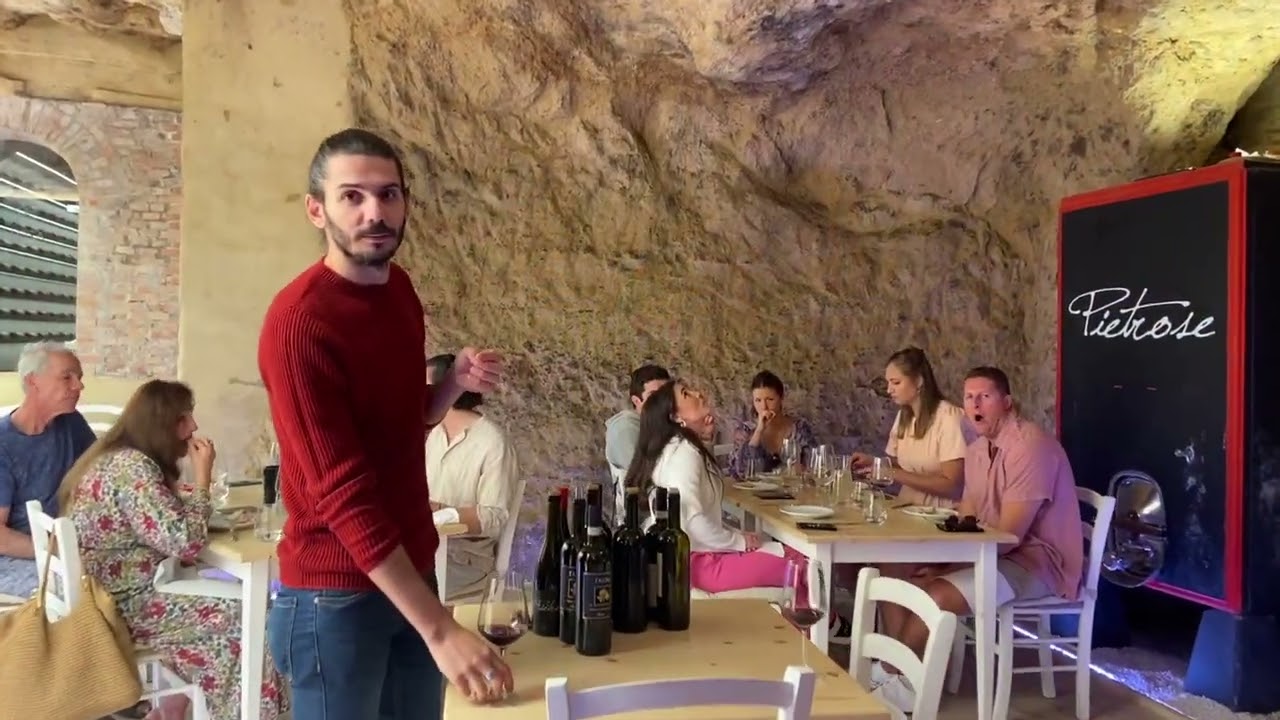


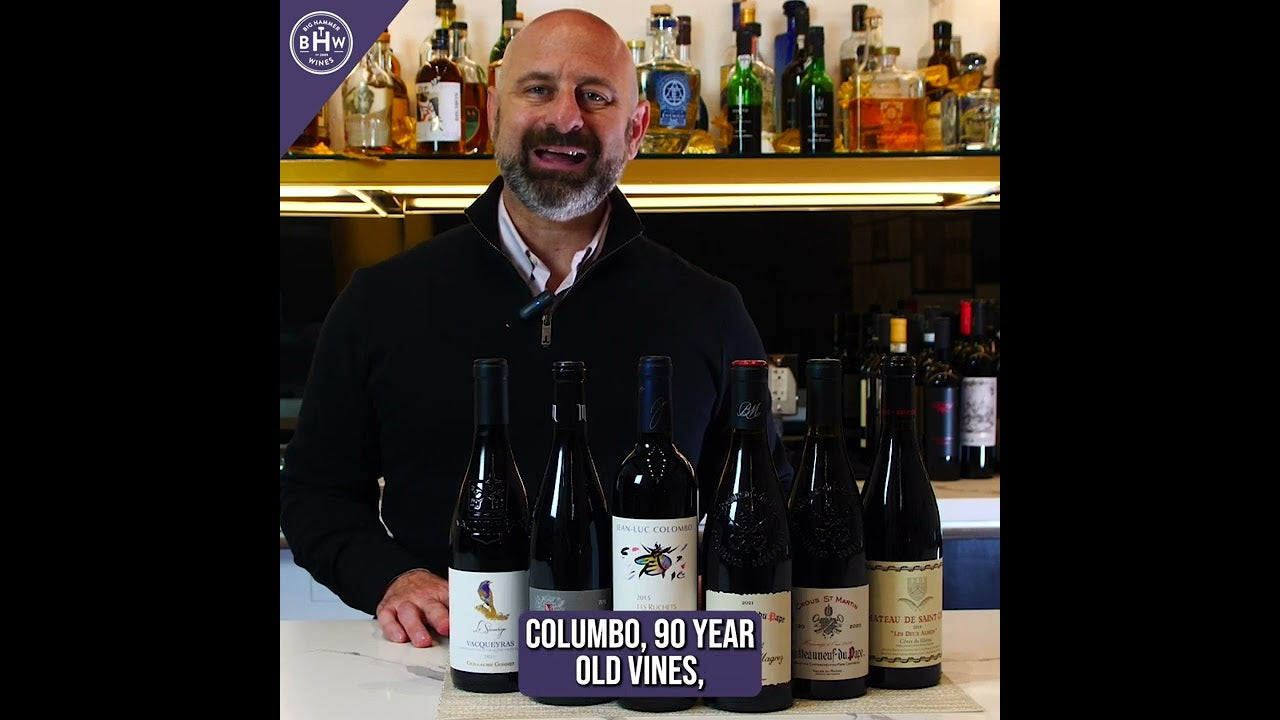
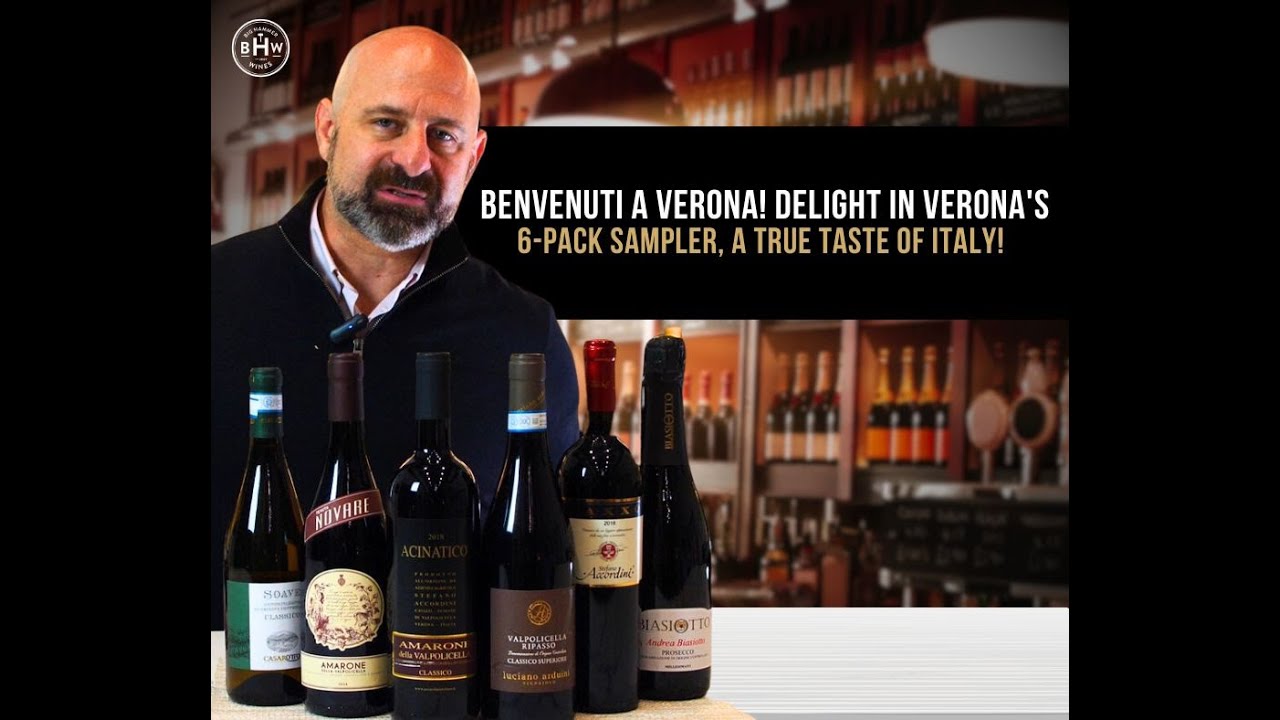



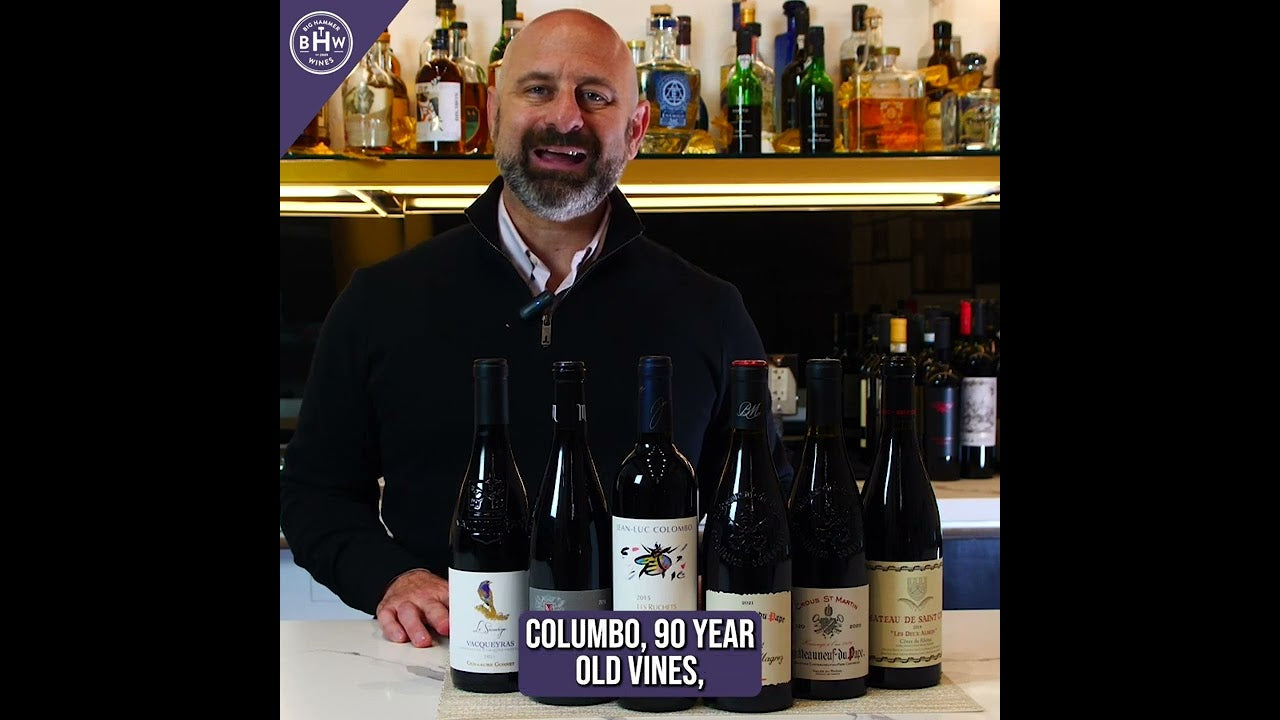


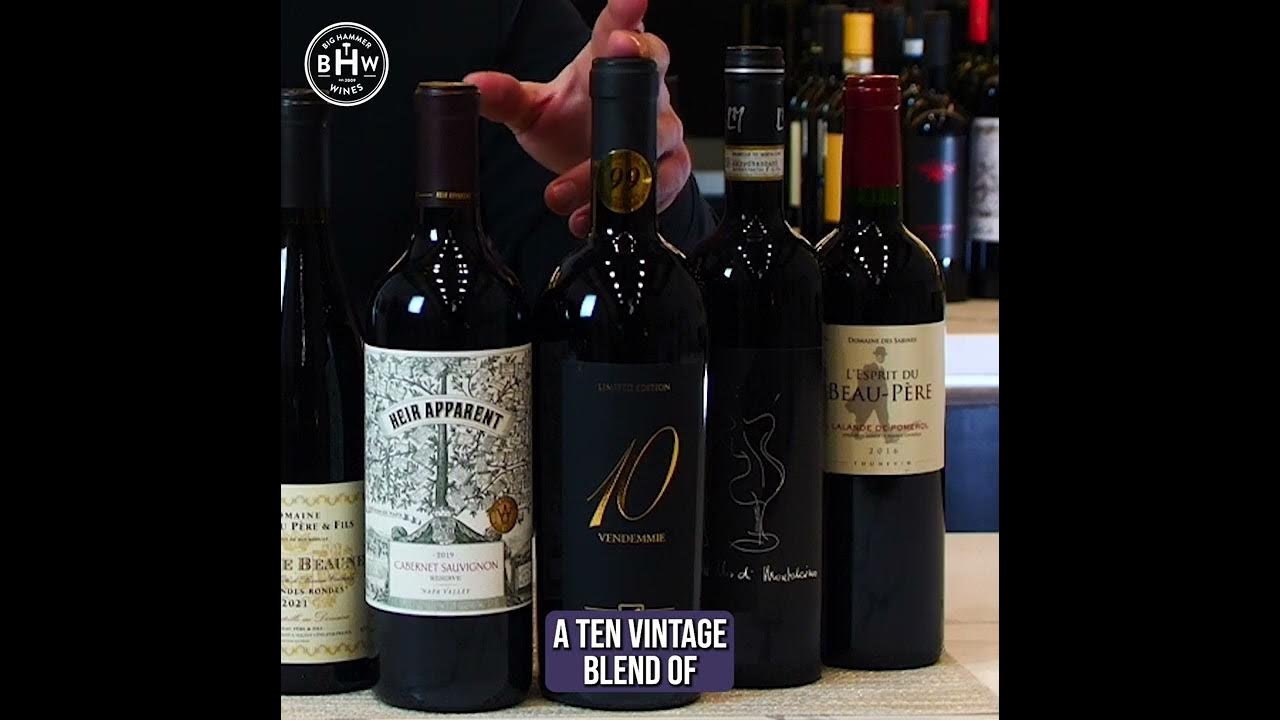




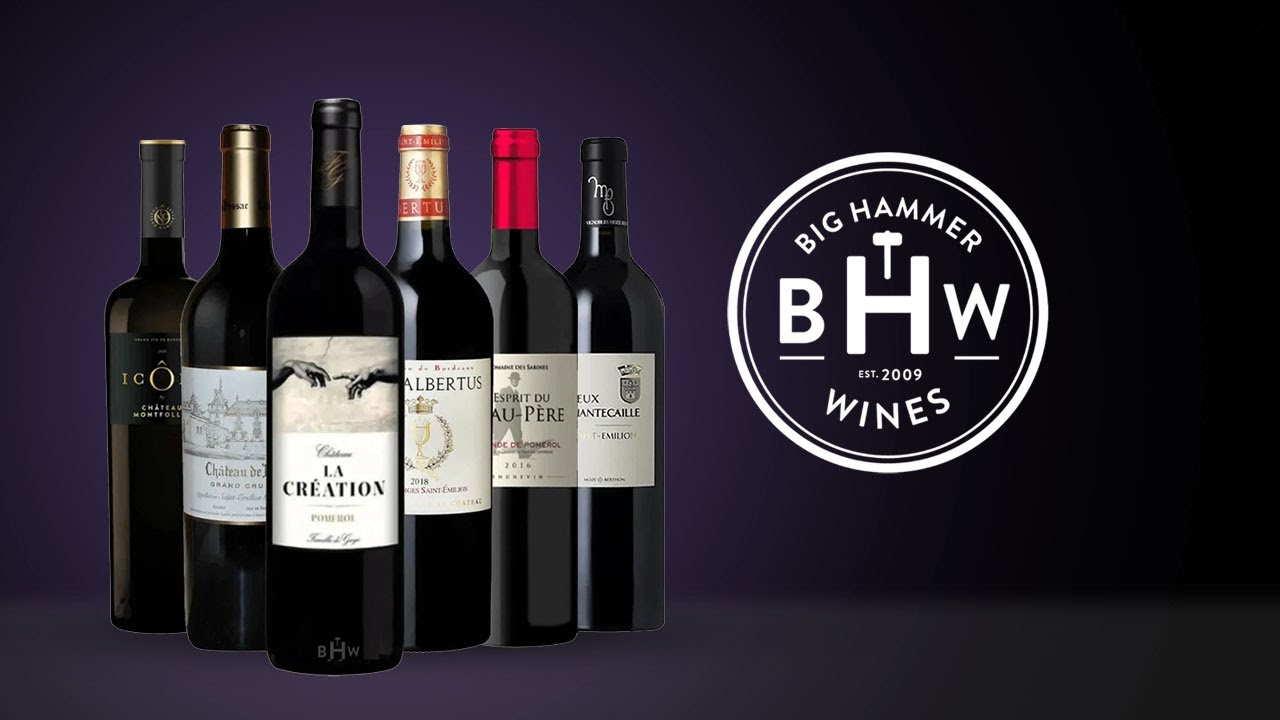
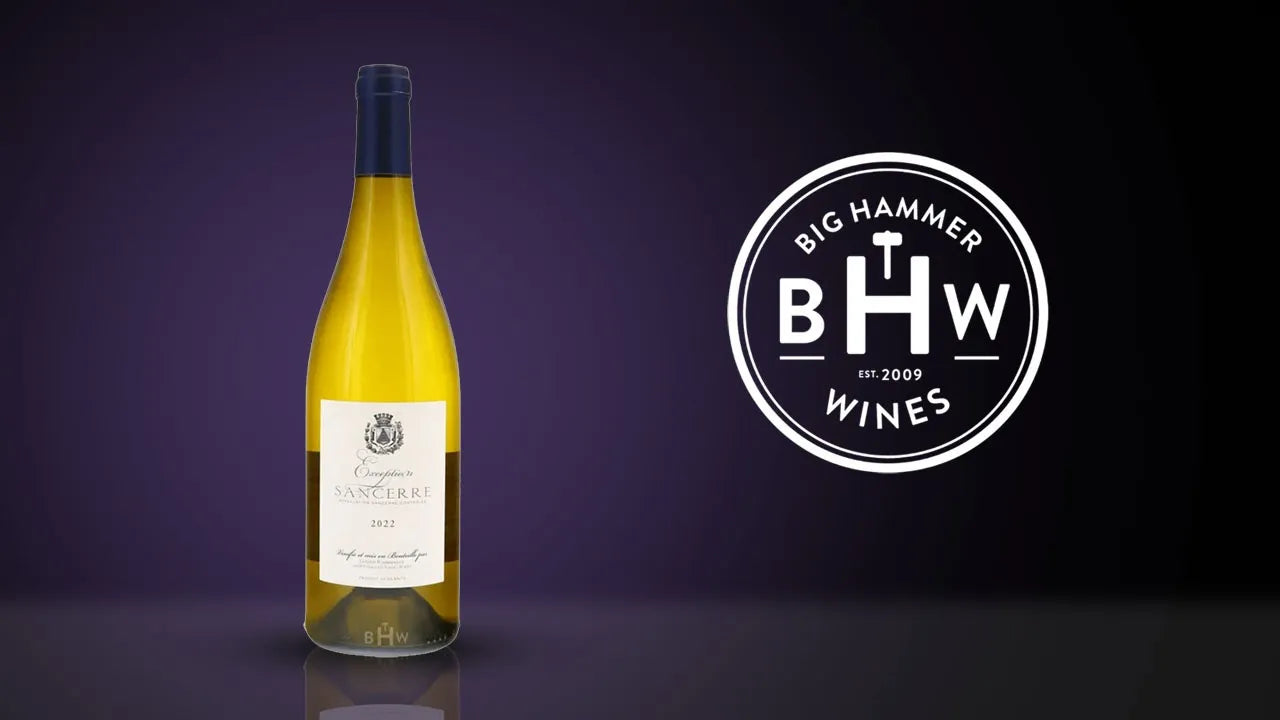


Share:
Burgundy Wine
Champagne
Comments Section